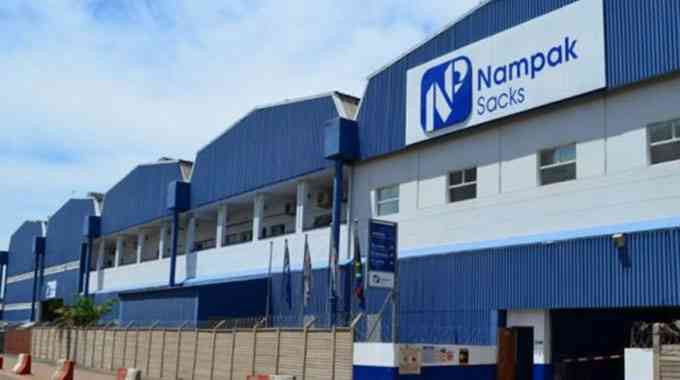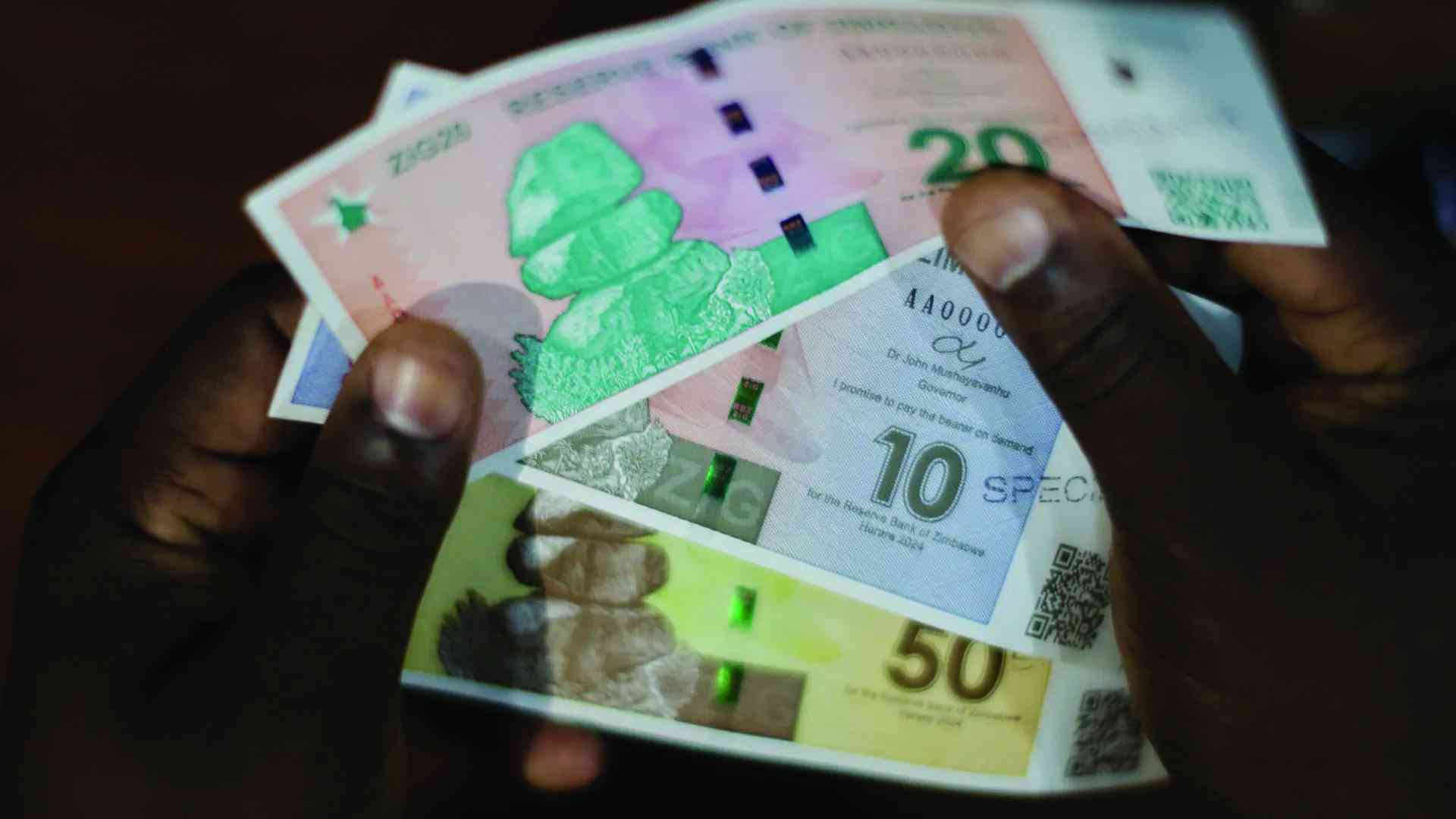
A PROMISING outlook for Zimbabwe’s agricultural and gold sectors is expected to boost sales volumes for Nampak Zimbabwe.
However, challenges such as tight monetary policy and potential global supply disruptions may temper this growth, according to Morgan & Co.
Zimbabwe has projected a 10% increase in tobacco hectarage for the 2024/25 agricultural season.
This projection, coupled with expectations of better rainfall, has bolstered prospects of a sales rebound in Nampak’s Hunyani strategic business unit (SBU) in the 2025 financial year, the securities firm noted.
“The positive performance expectations in the broader agriculture and gold sectors are also anticipated to cascade into downstream discretionary demand, maintaining positive sales volume growth in other divisions,” Morgan & Co said in its analysis of Nampak’s financial results for the year ending September 30, 2024.
“However, tight monetary policy and possible global supply disruptions will likely constrain demand and weaken margins.
"Tight monetary policy has already resulted in price weakness for the counter’s share price on the Zimbabwe Stock Exchange.”
Nampak posted a 7% decline in revenue, as lower tobacco output contributed to an 8% decline in Hunyani SBU sales volumes.
- Piggy’s Trading & Investing Tips: Corporate raiders on ZSE
- ‘ZSE-listed firms vulnerable to hostile takeovers’
- ‘ZSE-listed companies vulnerable to hostile takeovers’
- ‘Headwinds threaten tourism sector recovery’
Keep Reading
Carnaud MetalBox also experienced a drop in sales volumes, as growth in closures and HDPE categories was offset by a decline in metals.
Mega Pak stood out with a 10% increase in sales volumes, driven by downstream discretionary spending.
However, cost pressures from alternative power sources eroded the business’s operating and net margins by four percentage points.
Non-current assets rose by 54%, largely due to capital expenditure (capex) and revaluations of property, plant, and equipment (PPE).
However, total assets declined by 6%, primarily due to a reduction in receivables.
An increase in operating cash flows was offset by dividend payouts and capex, resulting in an 11% decline in overall cash balances.







